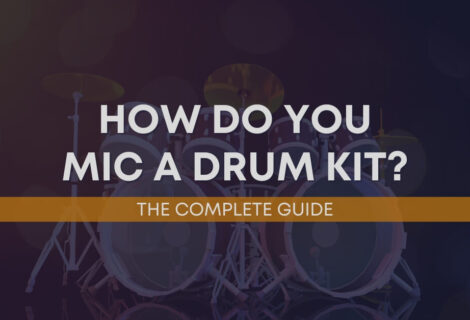
EQ Cheat Sheet | The Only Guide You’ll Ever Need!
Knowing where each instrument fits in a frequency spectrum will help you achieve mixes that stand up to commercial releases.

Knowing where each instrument fits in a frequency spectrum will help you achieve mixes that stand up to commercial releases.

When it comes to capturing the perfect drum sound, one of the most crucial steps is mic placement. But how do you mic a drum kit effectively? In this comprehensive guide, we will explore the various components of a drum kit, the types of microphones suited for drums, and the best miking techniques for each drum.

When it comes to drums, going for a mic kit can be a double win. It takes the burden of handpicking individual mics off your shoulders and comes with potential savings. But there’s no point buying a large set that doesn’t perform half as well as a few high-quality mics you selected yourself. To help you avoid this trap, we narrowed your options to the five best drum mic kits.

If you’ve ever wondered how mix engineers achieve such a well-balanced and smooth sound, the answer often lies in the use of audio compression. This audio processing technique is an integral part of music production that can significantly affect the clarity, consistency, and depth of the final mix.

Drumming is an art, and like all forms of art, it relies heavily on the nuances. One such nuance in the world of drums is the tom-tom, or as we affectionately call it, the tom. An often-underestimated piece of the drum kit puzzle, the tom can be the defining element that gives your track its rhythmic complexity and depth. But to unlock its full potential, it’s essential to master the art of mixing toms.

Drums are one of the most important elements in a mix. They provide the backbeat and the foundation for the other instruments.